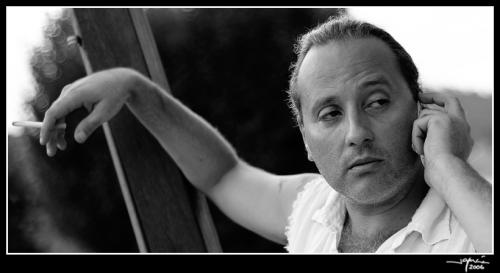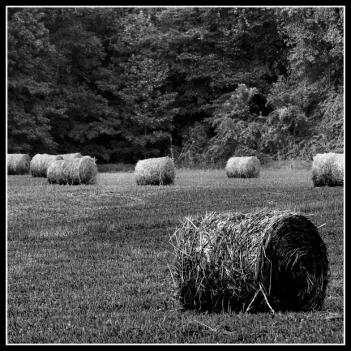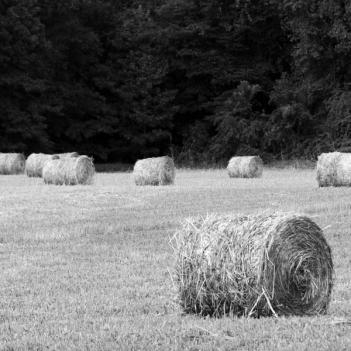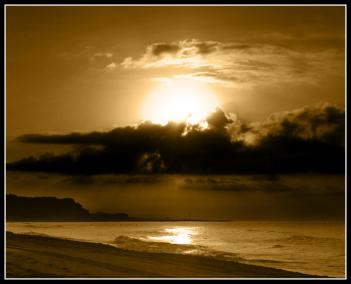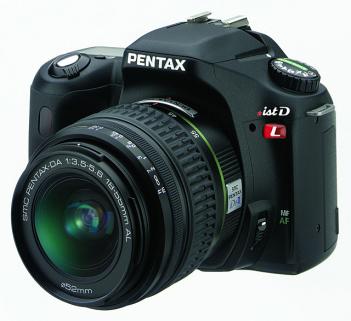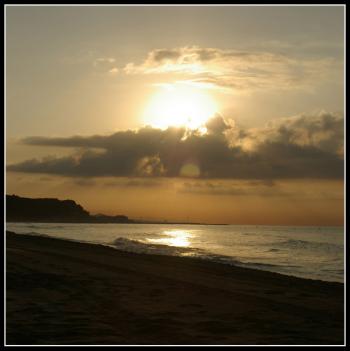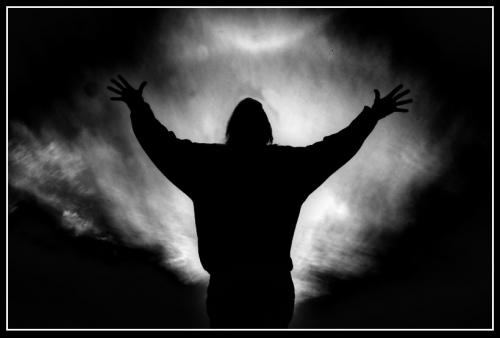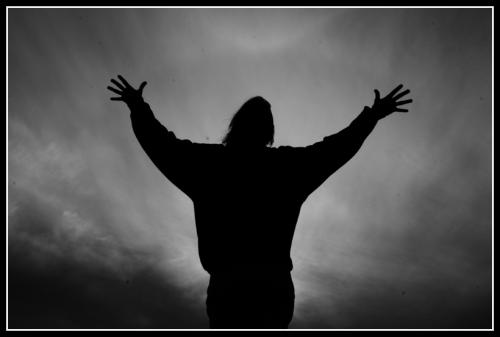Rene de Haan nació en Utrecht, Holanda en 1960. En 1982, mientras realizaba sus estudios para ser bibliotecario, compró su primera cámara y en 1988 decidió dedicarse a la fotografía y empezó a trabajar como fotógrafo. Se define como autodidacta.
Hacía principalmente retratos y fotogramas de películas hasta que una modelo le introdujo en el Playboy holandés, y desde entonces ha hecho cada vez más desnudos. Ha publicado sus fotografías en diversas revistas en Holanda (Playboy, Men’s Health, Viva) y el extranjero (Black&White, Snoecks), y ha contribuido con sus bellas imágenes en varios libros de fotografía.
Utiliza su vieja Hasselblad 500 CM, por su gran calidad y por el formato cuadrado. Nos dice que el hecho de que no es una cámara muy rápida le obliga a concentrarse en su trabajo y no disparar sin motivo.
Prefiere la fotografía en blanco y negro a la de color. Declara que no se considera un fotógrafo del glamour o de las bellas artes en el sentido tradicional, y frecuentemente dice que sólo hace retratos desnudos. Es importante para él que haya algo del carácter de la modelo en las imágenes y por eso nunca trabaja con la idea predefinida que solo tenga que rellenar la imagen con cualquier bello cuerpo femenino.
Sus imágenes son siempre una colaboración entre él y la modelo. Rara vez trabaja con modelos profesionales en sus trabajos libres y le encanta una apariencia natural, la belleza natural es importante, así que rechaza el maquillaje excesivo y también el estilo exagerado.
Dice que prefiere trabajar in situ a trabajar en el estudio, así el lugar puede formar parte del conjunto de la imagen, y ser sorprendido por las posibilidades del entorno y la luz disponible.
No hay ningún “mensaje“ especial en sus imágenes. Lo que intenta captar es la belleza y “poder“ de las mujeres.
Entre sus fotógrafos más admirados están: Bruno Bisang, Gavin O Neill, Guido Argentini, Jock Sturges, Jonvelle, Andreas H. Bitesnich, Bettina Rheims, Helmut Newton.
While taking mainly portraits and movie-stills, he was introduced to Dutch Playboy by a model, and since then he has done more and more nudes. He has published in several magazines in Holland (Playboy, Men’s Health, Viva) and abroad (Black&White, Snoecks), and contributed pictures to several photo-books.
I mostly shoot my pictures with my old (500c/m) Hasselblad because of the excellent quality and the square format. And due to the fact that it’s not a very “fast“ camera I’m forced to concentre and not just “shoot away“.
I prefer black & white over colour. I don’t think I’m a glamour or fine-arts photographer in the traditional sense. I often say I make nude-portraits. It’s very important to me that there’s something typical of the model herself in the pictures and I never work with a pre-fixed image that I only just have to fill in with a good-looking female body. My pictures are always a cooperation between me and the model. I seldom book professional models for my free work, and I love a natural look, natural beauty is important, so no heavy make-up or exaggerated styling!
I prefer a location above studiowork, so the location can be a part of the whole image, and to be surprised by the possibilities of the surroundings and the available light.
There is not a special “message» in my pictures. What I’m trying to capture is the beauty and “power» of women.
Among much admired photographers are: Bruno Bisang, Gavin O Neill, Guido Argentini, Jock Sturges, Jonvelle, Andreas H. Bitesnich, Bettina Rheims, Helmut Newton.
Muchas gracias por concedernos la entrevista, Rene.
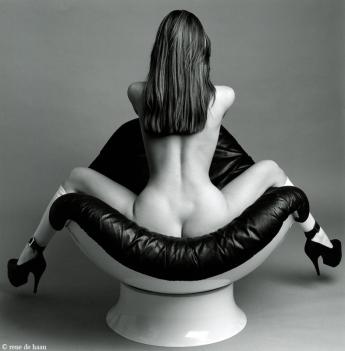
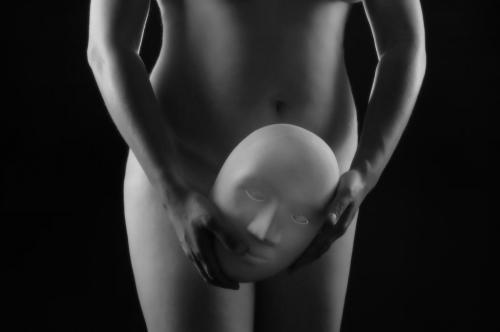
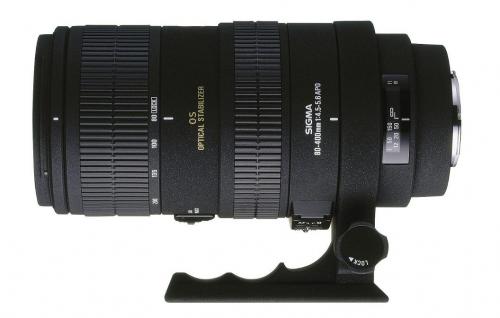

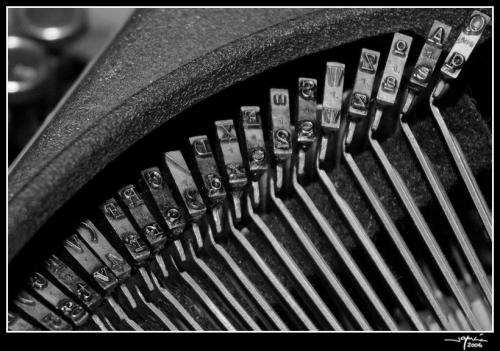

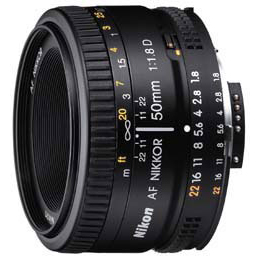 Un objetivo que no debería faltar en la mochila de los amantes del arte fotográfico por su extraordinaria relación calidad-precio.
Un objetivo que no debería faltar en la mochila de los amantes del arte fotográfico por su extraordinaria relación calidad-precio.